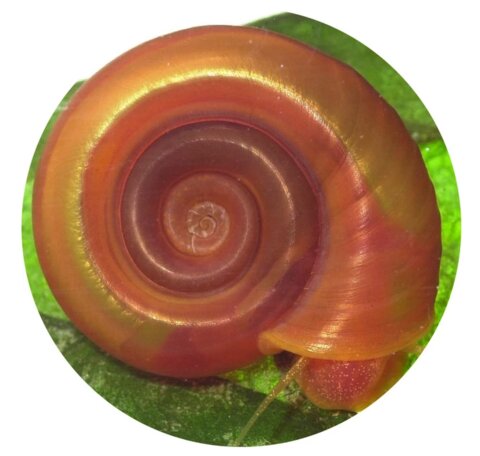Accelerating snail vector genomics

The three most important genera of snails for the transmission of schistosomes are Bulinus, Biomphalaria and Oncomelania. Each of these genera, found in two distantly related families, includes species that act as the intermediate host for one of the three most widespread schistosome species infecting humans, Schistosoma haematobium, S. mansoni and S. japonicum, respectively. An important step in the fight against schistosomiasis in Asia has been taken with the publication of the article “Chromosome-level genome assembly of Oncomelania hupensis: the intermediate snail host of Schistosoma japonicum”, which means that genomes for all three major genera, including species across three continents, are now available in the public domain. This includes the first genomes of African snail vectors, namely Biomphalaria sudanica, Bi. pfeifferi and Bulinus truncatus, as well as high-quality chromosome level assemblies for South American Bi. glabrata.
Most importantly, the wealth of new genomic and transcriptomic data is helping to establish the specific molecular mechanisms that underly compatibility between snails and their schistosomes, which although diverse and complex, may help to identify potential targets dictating host parasite interactions that can be utilised in future transmission control strategies. This new work on Oncomelania hupensis and indeed studies on other snail vectors, which provide deep insights into the genome, will stimulate research that may well lead to new and much needed control interventions.